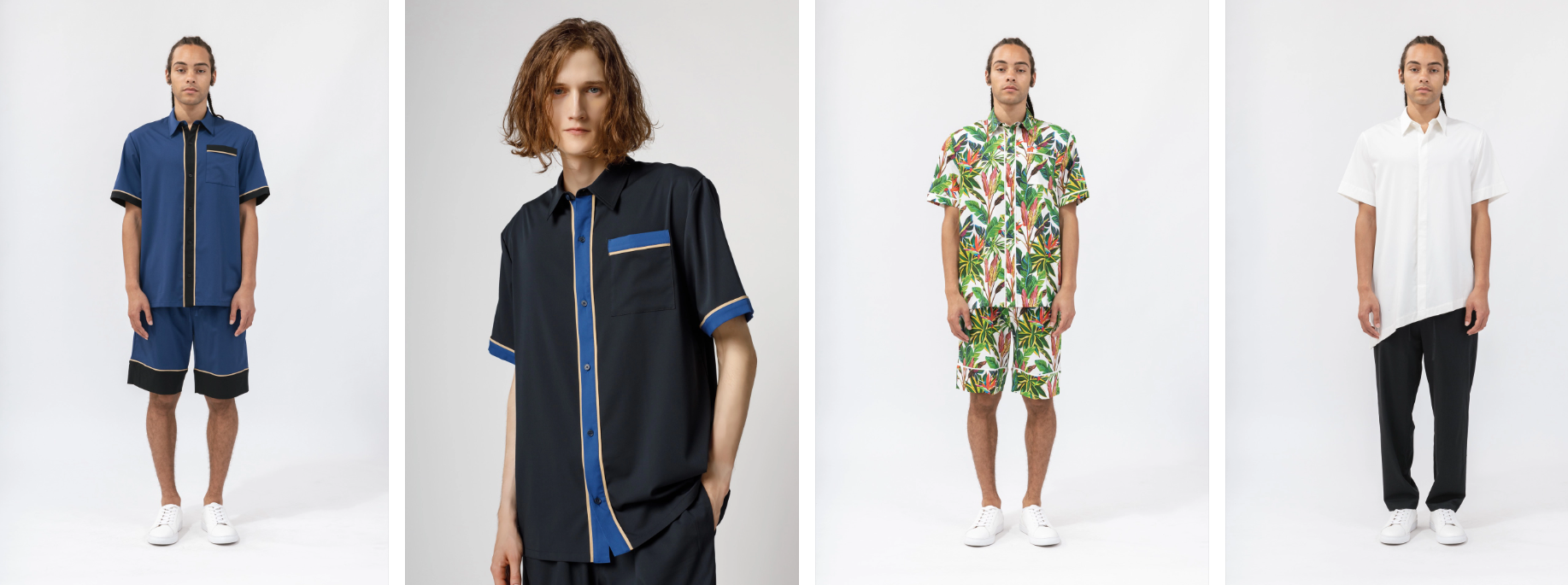Bamboo clothing has become a popular alternative to cotton and synthetic fabrics. It is highly breathable, soft to the touch and eco-friendly.
However, most of the clothes labelled as bamboo are actually made with bamboo rayon. The rayon type is processed with carbon disulfide, which is harmful to the environment and workers’ health.
1. Eco-friendly
Bamboo looks like a great material to use for sustainable clothing. It grows quickly, doesn’t require much water or fertilizer to grow, and it may even have carbon-sequestering properties. Plus, it’s biodegradable in soil or compost within a year. But the truth is, the way that most bamboo textiles are made is not eco-friendly.
Most brands produce their bamboo viscose through a process called the “viscose rayon” process, which involves dissolving cellulose material (in this case, bamboo) in a chemical solution, then pushing it through a spinneret to create threads and fabric. The problem with this is that caustic soda and carbon disulfide are required in this process, and they’re toxic to workers.
Thankfully, there are some companies that make bamboo shirts and other clothing from a more environmentally conscious material known as lyocell, also called Tencel. This is made using a closed-loop system, meaning that the chemicals and solvents used in production are captured and reused. Cariloha and ONNO are two brands that offer bamboo lyocell clothing, and they’re both certified as GOTS by Ecocert.
2. Comfortable
Bamboo shirts are soft, smooth and breathable against the skin. They also dry quickly, a big plus when it comes to athletic gear that you may sweat in. Unlike synthetic activewear, which requires chemical sprays that are bad for the environment and cause allergies, bamboo is naturally antibacterial, meaning it resists odors and doesn’t get stinky as easily as other fabric types.
The natural fibers in bamboo shirts are also very absorbent, so you don’t need to wash as often. This helps reduce textile waste, which is a big problem for the fashion industry as a whole. Plus, you’ll be avoiding the microplastics that are shed by polyester fabrics during washing and pollute waterways and marine life.
Brands like Movesgood use organic cotton and bamboo lyocell to make sustainable sweaters, tops, bottoms, dresses and accessories. They source their materials from small, family-owned factories in Delhi and Tai’an, China. Their clothing is designed to be eco friendly and sustainable with no plastics or chemicals used in the production process.
3. Durable
Bamboo fabric has an incredible ability to absorb moisture and wick it away from the body, making it extremely breathable. It’s also stretchy, which makes it a popular material for yoga pants and other athleisure wear.
Bamboo is a fast-growing plant and when grown under proper conditions, it can be a sustainable crop. However, the process used to transform bamboo fibers into a textile is highly chemically-intensive. This can pollute waterways and the air and cause respiratory problems for workers.
The most common bamboo textile is made through the same method as other cellulosic rayons, which uses carbon disulfide to dissolve cellulose and produce a semi-synthetic product. This type of rayon is often referred to as bamboo viscose, and it’s commonly found in clothing like t-shirts and dresses.
To be truly eco-friendly, look for products that are crafted with bamboo lyocell, which is a more closed loop production system that produces a fabric that’s a bit more like linen than traditional viscose. You should also seek out brands that only use bamboo fabrics sourced from sustainable farms, such as Boody.
4. Versatile
Bamboo is naturally wrinkle resistant, making it an easy choice for activewear that’s great for travel. This is especially good news for those who have sensitive skin because the bamboo fabric doesn’t need any chemical finishes to maintain its softness and durability.
On the downside, there are a lot of soft “bamboo” fabrics on the market that have been processed using harsh chemicals that are harmful to humans and the environment. These textiles are often labelled as “bamboo rayon” or “viscose.” The best way to get the benefits of bamboo fabric without the negative environmental impact is to look for brands that use a mechanical processing method (like Tencel) instead of the more traditional chemical process.
When it comes to sustainability, bamboo is better than cotton because it doesn’t need pesticides or fertilizers and requires less water to grow – but it’s also important to understand how the bamboo is harvested. Make sure you’re buying from a sustainable company that uses Moso bamboo – not the same kind of bamboo pandas eat – and doesn’t damage the forest to harvest it.
